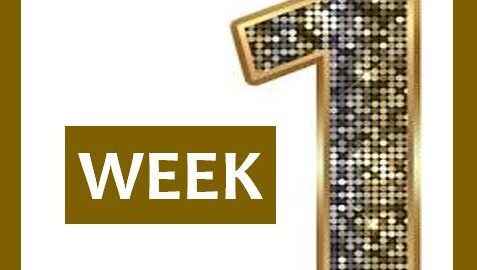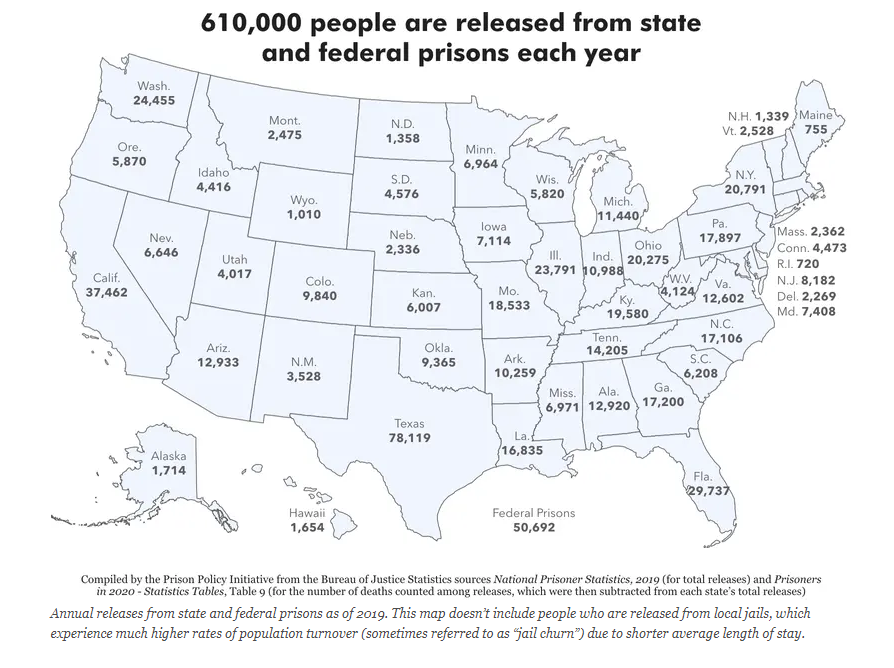Classical Thought: Beccaria and Bentham
Overview
This week we will start discussing the early theories in criminology. Classical criminology refers primarily to the 18th -century writings of Cesare Beccaria in Italy and Jeremy Bentham in England. While they were both utilitarian social philosophers and wrote primarily about legal and penal reform, their theory of crime remains relevant to criminology today.
Learning Objectives
By the end of this week, you will be able to:
- Review the role of theory in criminology.
- Explain the pleasure principle in understanding criminal behavior.
- Identify the role of free will and rationality in explaining crime, according to the Classical Theory
- Describe how Cesare Beccaria’s work influenced criminal justice systems throughout the world, and discuss the concepts and propositions recommended in his book.
- Identify the connection between early criminological theories and crime policy.
Workflow
Reading:
Chapter 10 in The Handbook of the History and Philosophy of Criminology, edited by Ruth Ann Triplett, John Wiley & Sons, Incorporated, 2018. ProQuest Ebook Central. https://ebookcentral.proquest.com/lib/bmcc/reader.action?docID=5144712&ppg=223
You can print this chapter using this link.
Videos:
Podcast
https://open.spotify.com/episode/3LFDmchquGgCBW6rmH1aQh?si=Lb9Vpt_WQ1yU4Ri1jlA9Dw

